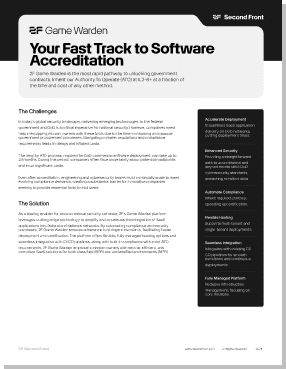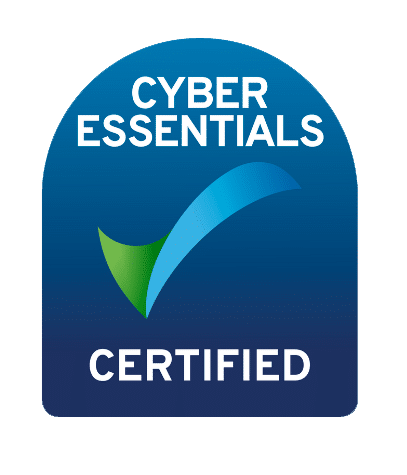Develop. Deploy. Defend.
The 2F Suite simplifies and accelerates every step of the software development and delivery process, including Day 2 operations and extensibility.
Game Warden Product Sheet
See how you can rapidly onboard, host and deploy applications to unclassified and classified networks.
Trusted. Proven. Relentless.
Leading software providers and government agencies around the world trust us to deliver secure technology.
2F + Chainguard
See how our collaboration with Chainguard makes their clean container image registry available to 2F customers.
Now Listed in AWS ICMP
Learn what it means for the 2F Game Warden platform to be listed in the AWS Marketplace for the U.S. Intelligence Community (ICMP).
Solutions that empower and transform.
Whether delivering software to the public sector for the first time or needing a hand navigating the complex accreditation process, 2F is your one-stop shop.
Learn to Win Deploys to IL6 with 2F Game Warden
See how Learn to Win leveraged 2F Game Warden to deploy to IL6: Secret classified information.
Your command center for knowledge and innovation.
Strategic insights, mission-ready resources, and frontline expertise—all in one place.



